Africa, as the continent with the fastest-growing population, is undergoing a dual wave of urbanization and consumption upgrades. In 2023, Africa's population surpassed 1.4 billion and is expected to double by 2050. Coupled with an annual economic growth rate of 3–4% and a 3% increase in urbanization, this has created enormous demand for transportation.
As the “capillaries” of passenger and cargo transport between urban and rural areas, tricycles, primarily powered by fuel, serve a vital role in the overall transportation network. However, under the pressures of green transition and policy-driven initiatives, the electric tricycle market is rapidly breaking through, offering Chinese brads a golden window for leapfrog development.
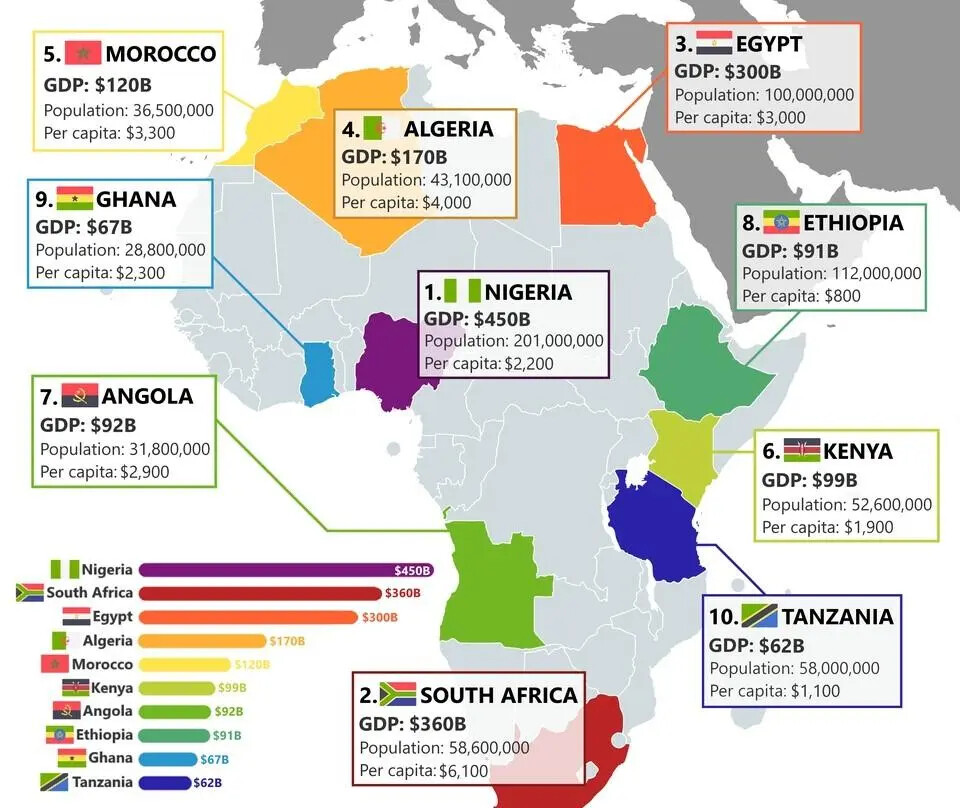
I. African Tricycle Market: Fuel-Powered Dominance and the Budding of Electrification
a. Fuel-Powered Tricycles: Essential Tools and Replacement Opportunities
Fuel-powered tricycles are vital transportation tools across Africa, especially in rural areas and on the outskirts of cities. Below are estimated figures for fuel-powered tricycle ownership in selected countries (data sources: industry reports and field surveys):
Nigeria: Approximately 5 million units (primarily used for "Keke NAPEP" passenger services).
Kenya: Approximately 1.5 million units ("Tuk-Tuks" are the main vehicle type).
Egypt: Approximately 1 million units (used for short-distance cargo and passenger transport).
Tanzania: Approximately 800,000 units.
Ghana: Approximately 500,000 units.
Uganda: Approximately 300,000 units.
The widespread adoption of fuel-powered tricycles in Africa is largely attributed to their low purchase costs, simple maintenance, and strong adaptability. However, their high emissions and rising operational costs have created a practical foundation for electrification to take root.
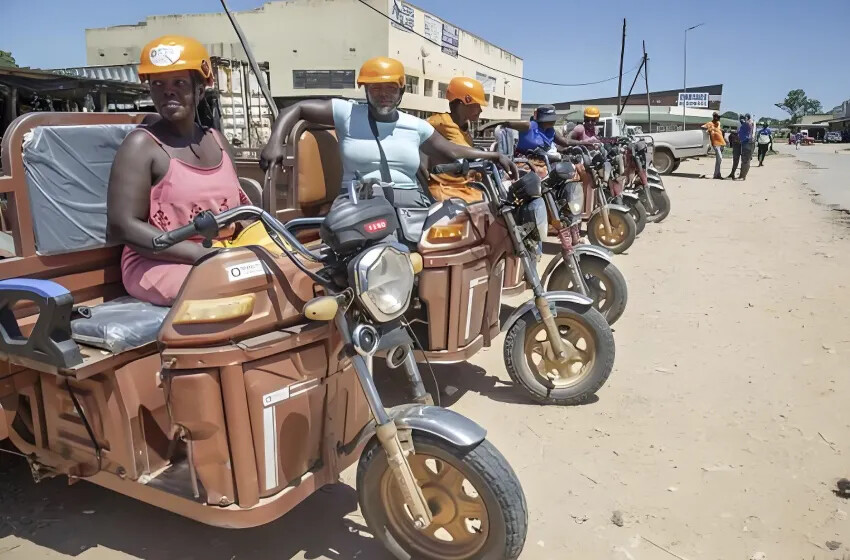
b. Electric Tricycles: From Policy Pilots to Commercial Breakthroughs
Constrained by high initial costs, a lack of charging infrastructure, and low consumer awareness of electric vehicles, the current number of electric tricycles in Africa remains under 30,000 units. While still at a nascent stage, the sector is showing strong growth momentum.
On the policy side, many governments have introduced environmental initiatives encouraging the adoption of electric vehicles. For example, Rwanda and Kenya have incorporated electric tricycles into their national transportation plans. Some countries are also offering subsidies or tax incentives to lower the purchasing costs of electric tricycles.
In terms of urbanization and transportation demand, Africa's rapid urbanization has intensified urban traffic congestion. Electric tricycles present an efficient and eco-friendly solution, offering significant advantages for short-distance passenger transport and logistics services.
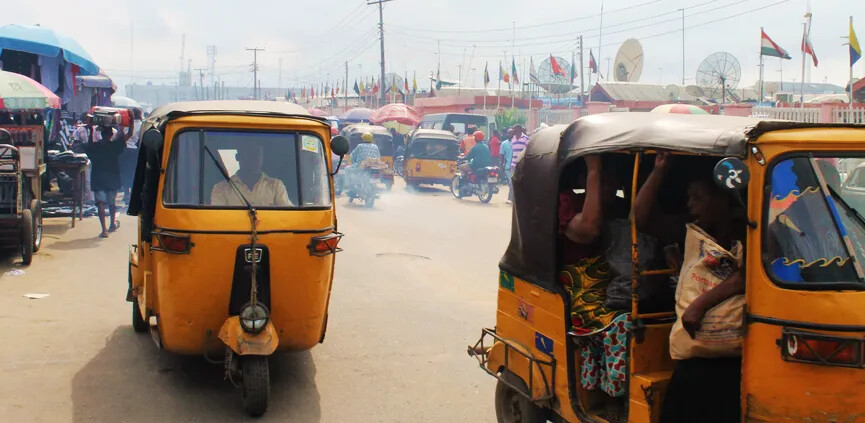
In terms of energy costs, Africa's abundant solar resources offer a sustainable energy solution for charging electric tricycles. Electric tricycles have lower operating costs compared to fuel-powered vehicles, making them a more economical choice over the long term.
In terms of technological innovation, improvements in battery technology and localized production are expected to lower the cost of electric tricycles. Smart technologies, such as battery management systems (BMS) and Internet of Vehicles (IoV), can further enhance the user experience.
In terms of logistics and shared mobility, Africa's rapidly growing e-commerce and logistics sectors present strong demand, making electric tricycles an ideal tool for “last-mile” delivery. The shared electric tricycle model also holds broad prospects in African cities.
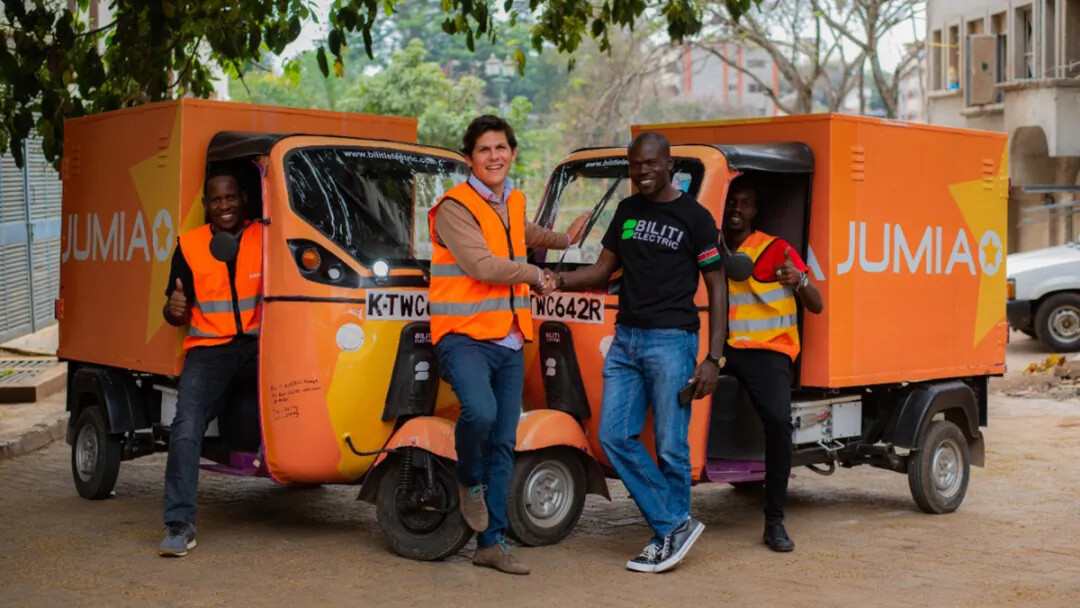
II. Chinese Brands' Strategy for Africa: Empowering with Technology and Innovating Business Models
Demand for three-wheelers in Africa shows three major particularities: (a) Scenario Adaptation: Strengthening chassis durability to handle rough, unpaved roads (common across much of Africa). (b) Energy Innovation: Equipping vehicles with removable batteries to cope with limited electricity grid coverage. (c) Cost Control: Developing basic models with lead-acid batteries to keep prices affordable.
In response to Africa's realities, Chinese companies expanding overseas should focus on product localization, shifting from "Chinese standards" to "African solutions." The strategy should evolve from simply selling products to building ecosystems, integrating "vehicles + energy + financing" into comprehensive solutions. Additionally, companies should break consumer habits by using demonstration operations and community-based marketing.
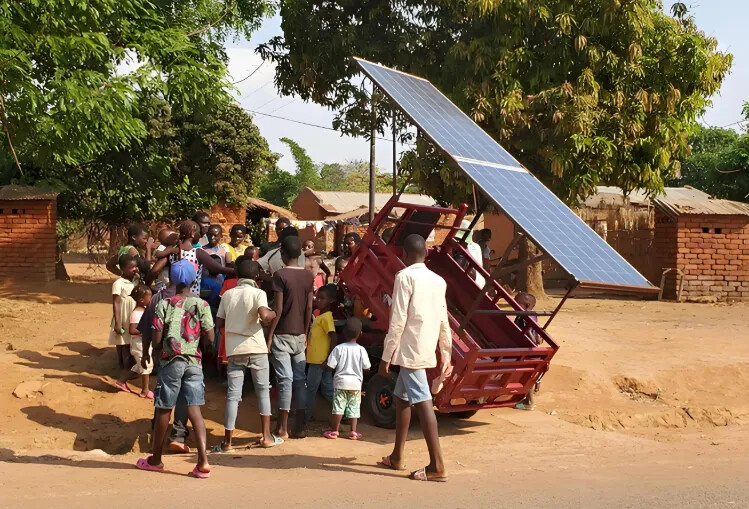
III. Conclusion
The African electric three-wheeler market is transitioning from a phase driven by policies to an era defined by technological and business model innovation.
Chinese brands, leveraging their advantages in the industrial chain, localization capabilities, and digital expertise, are well positioned to replicate their success stories from the mobile phone and home appliance sectors. However, this expedition requires a deeper "Africa mindset", shifting from simply exporting products to setting standards, building ecosystems, and sharing value. As Chinese-made electric three-wheelers navigate the cities and villages across Africa, it symbolizes more than just commercial expansion; it marks a shared experiment toward a sustainable future.
